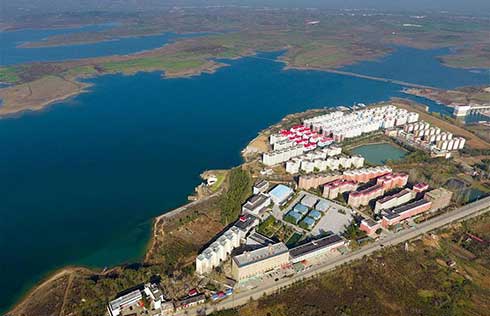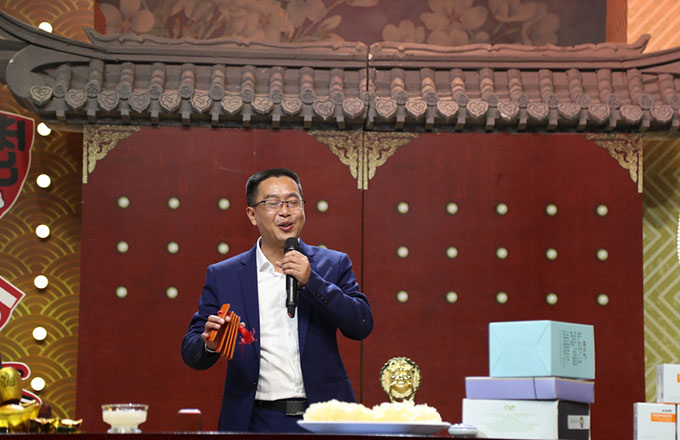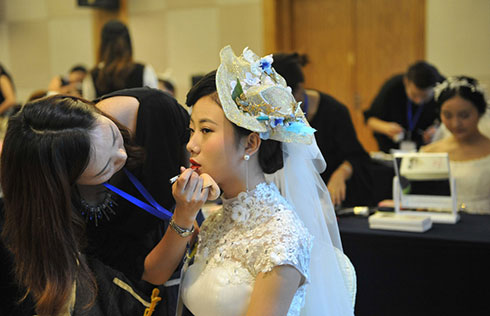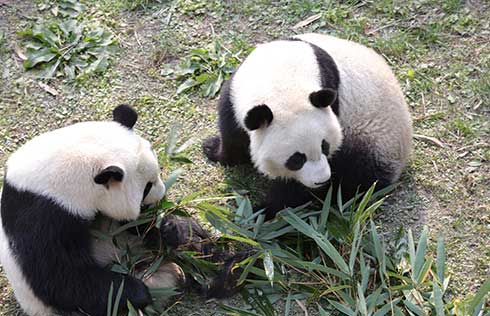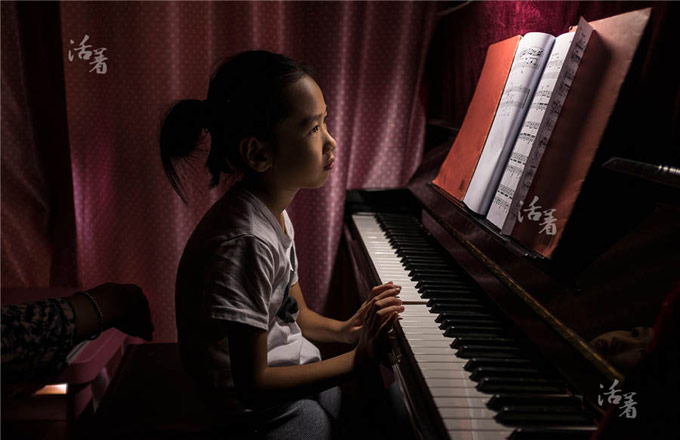24 Solar Terms added to UNESCO's heritage list
The 24 solar terms, a system considered to be China's fifth great invention, were added to the world's intangible cultural heritage list today.
The addition was announced by the United Nations Educational, Scientific and Cultural Organization, at the 11th session of its Intergovernmental Committee for the Safeguarding of Intangible Cultural Heritages that opened on Monday in Addis Ababa, Ethiopia.
The application for the 24 solar terms was among 37 vying to be accepted on the Representative List of the Intangible Cultural Heritage of Humanity.
The inscription of 24 solar terms increased the number of Chinese items on the list to 31.
Ancient Chinese divided the traditional lunar calendar into 24 solar terms. The season-synchronizing system was based on people's observation of the sun's motion throughout the year and its influence on climate, mostly carried out on the lower reaches of the Yellow River where Chinese civilization was born.
The system was completely established during the Qin (221-206 BC) and Han (206 BC-AD 220) dynasties. It was crucial to agricultural events such as when to sow seed and when to harvest.
Today, it is still of great help for people to better prepare their bodies for the changes of climate.
Daxue, or major snow, the 21st solar term of the year, will begin on Dec 8 and end on Dec 21. During this time, the temperature further plunges and snow, mainly in northern China and some southern areas, becomes heavier than during the previous solar term of Xiaoxue, or minor snow, from Nov 22 to Dec 6.
People are advised to drink hot soup with ginger and Chinese dates to resist the cold and eat oranges to prevent rhinitis and coughing.
The solar terms spread to other East Asian countries such as South Korea, Japan and Vietnam.
Wang Kaihao contributed to this story






